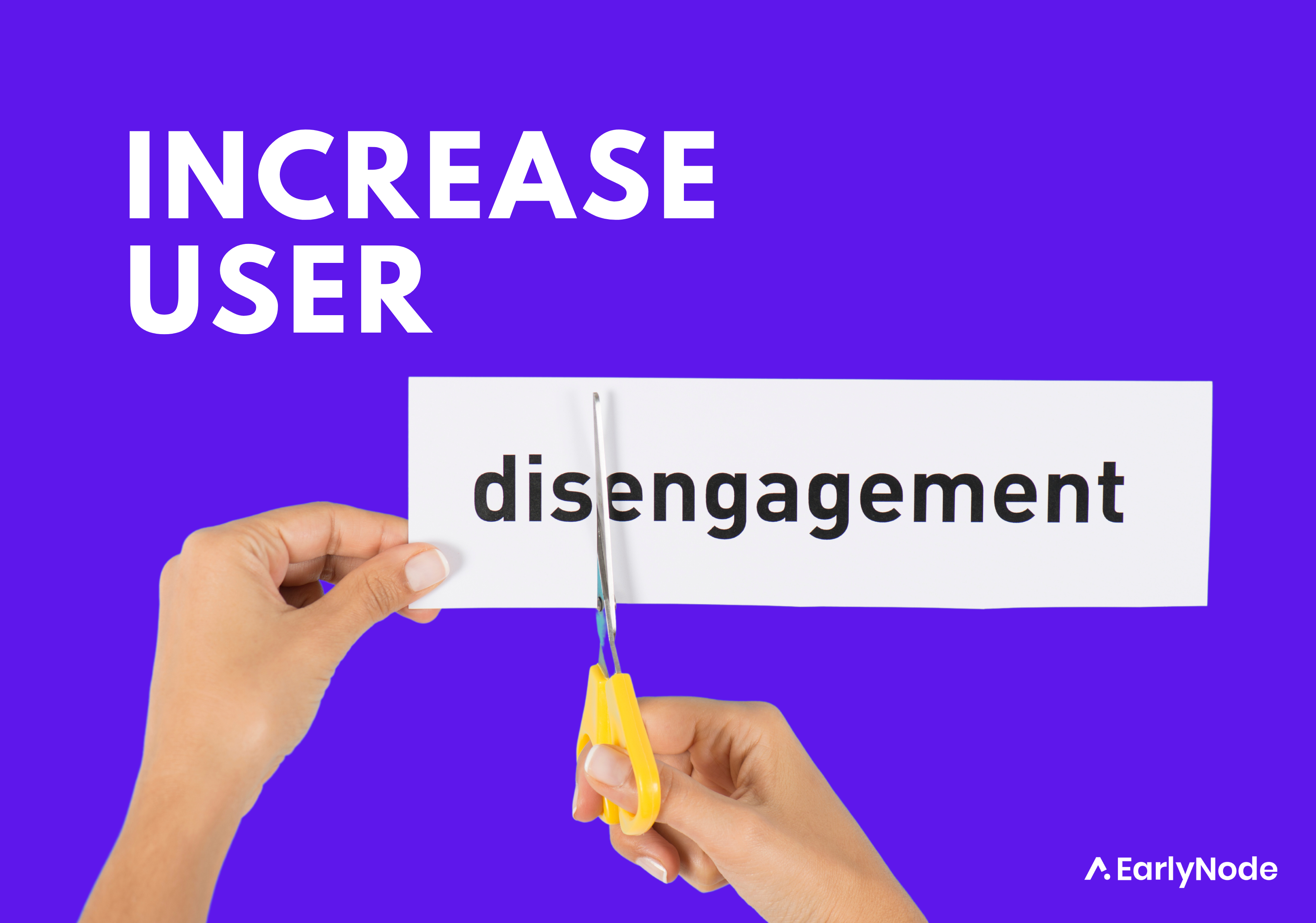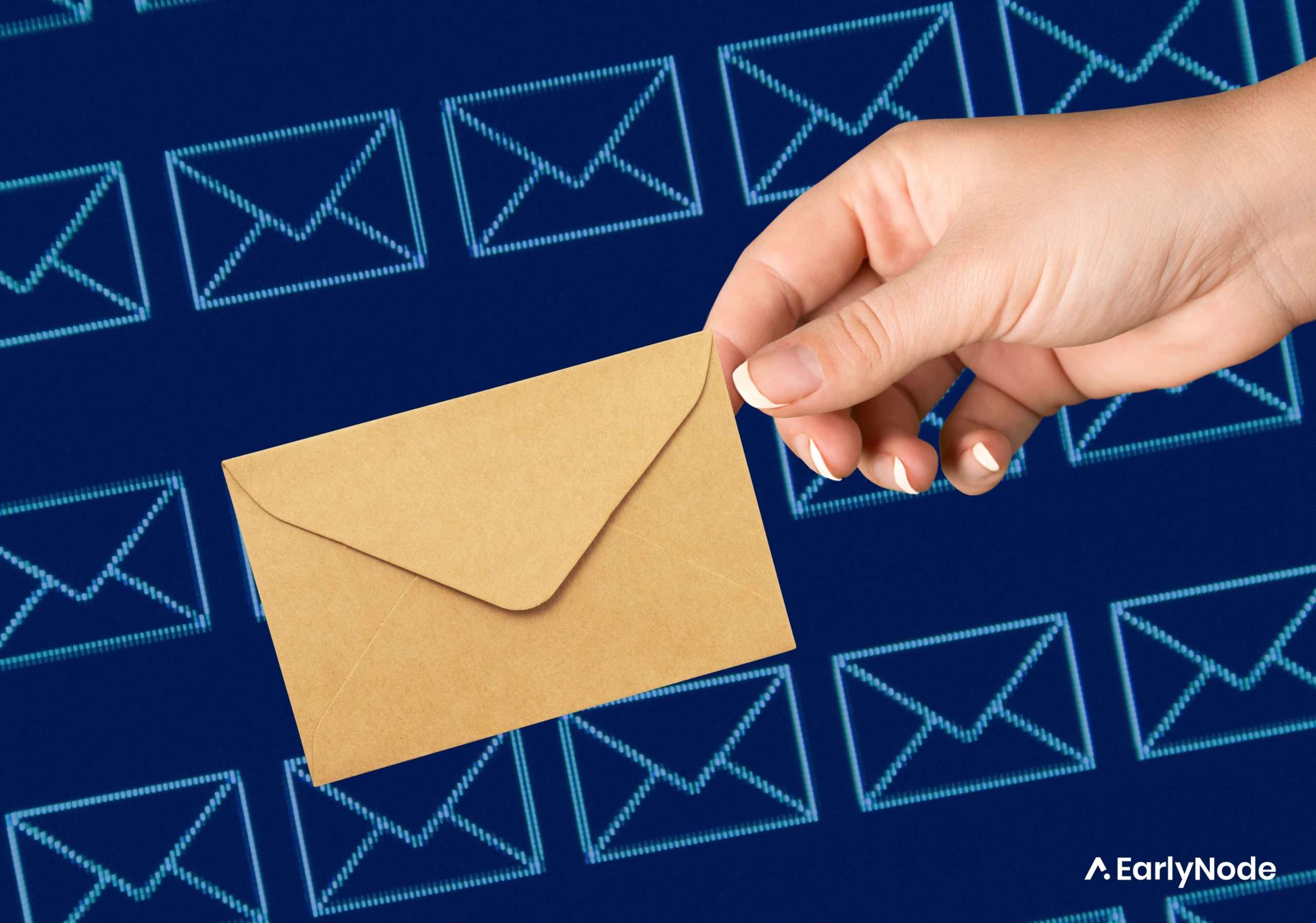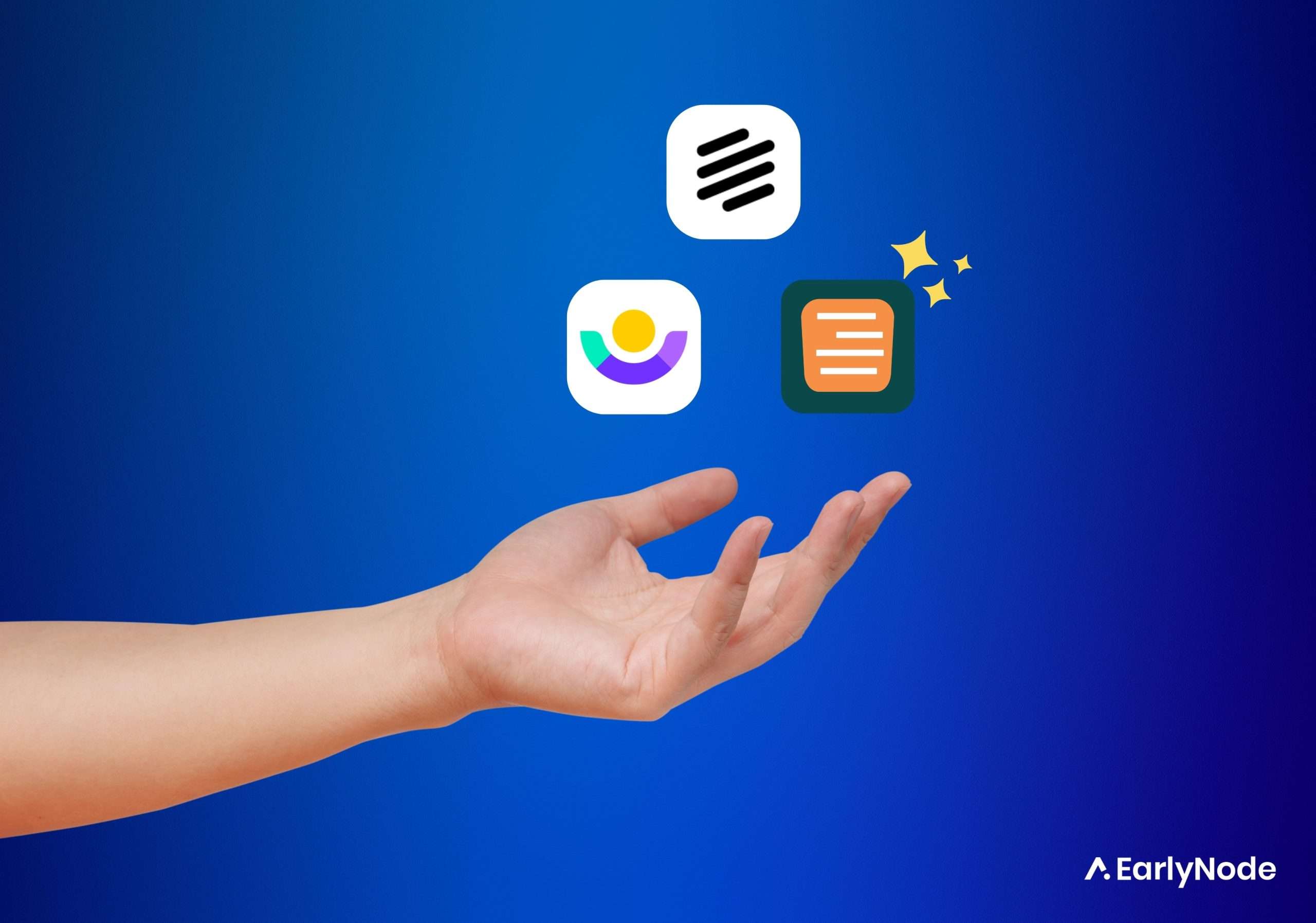5 Game-Changing Ways to Increase SaaS User Engagement

Are you struggling to keep your SaaS users engaged?
You’re not alone. Many SaaS companies have the same problem and often experience high churn rates and loss of revenue because they don’t really know how to engage users.
The good news is, there are proven ways to improve user engagement. In this article, we’ll share 5 game-changing strategies that you can implement today to increase user engagement and drive business growth.
What Does Better Engagement Mean For a SaaS Company?
There are so many benefits a SaaS company can derive from having its users spend a lot of time taking meaningful actions on their product.
The obvious one is that there will be more loyal customers and less churn. The more people engage with your product, the more they realize its value, leading to less churn.
Also, you will get more expansion revenue. When your product is valuable to users, they will upgrade and use it more. So the more useful your product becomes, the more expansion revenue you earn.
How to Measure SaaS Customer Engagement Metrics
In order to better engage with your users, you must track some important SaaS customer engagement metrics such as:
- Engagement rate – the percentage of users who remain active within your product over a period of time. It is calculated as follows:
Engagement Rate = Total active users in a cohort over a period ÷ Total users in a cohort - Active users – how many users are logged in and using your product at a particular time.
- Usage frequency – the number of times a user engages with your product over a time period.
- Time spent – the duration of time users spend using your product when they log in.
5 Proven Ways To Increase SaaS Product Engagement
💟 #1 Make a Good First Impression
The onboarding process is a chance to make a great first impression and show your customers that they are in for a good experience. When done right, it’ll increase your trial-to-paid conversions. On the other hand, if users have a bad onboarding experience, they may not use the product for long. Seize this opportunity to convince them about your product in the best possible way.
Here are a few tips:
- Show off your product’s value proposition. One of the best places to share valuable information is via email. The AI copywriting tool called Jasper does this so well. They have a mini-course that they send to you a few days after you sign-up. They also share success stories and other content that highlight the features of their product. All these materials help the user understand the value of the product more so they can start using it rightly.
- Use interactive walkthroughs. Widgets can help highlight practical aspects of your product. It’s always better to train users on the best ways to use your product, as they’re using it. Don’t you agree?
- Be proactive with your communication. There’s a risk that customers who find your product confusing or find it difficult to access its features may simply give up and quit, rather than ask for help. By using in-app messaging to start conversations, users will be able to share their feedback with you and you can use that info to improve your product and get users invested in it for a long time.
😉#2 Hunt for Customer Feedback
It is important to understand how your customers feel about your product at any point in time. Is the product meeting their needs? Are they enjoying the new feature? They may be satisfied with it initially, but that can change at any time. That’s why seeking feedback is an ongoing process.
Here are a few ways to get feedback from users:
- Gather feedback from as many touchpoints as possible. You can use surveys, live chats, emails, chatbots, etc. Make it easy for users to send you feedback.
- Be proactive. Customers won’t always let you know how they feel about their product so instead of waiting for them to come to you, reach out for feedback first.
- Feedback on feedback. Let customers know you have acted on their feedback and improved the product. This will let them know you value their input and can improve loyalty.
🧑💻#3 Leverage Content Marketing
One way to increase engagement is to make your product integrated into your customers’ lives. This may be challenging, but content marketing can accelerate this process. Ahrefs creates tutorial videos and blog posts that use their product to explain topics their customers care about.
This video, for example, teaches users how to do keyword research. Guess what tool is being used to do this? You guessed right – Ahrefs Keyword Explorer feature. The strategy accomplishes two things: it helps the customer understand the concept, and helps them understand how to use the product.
Another good thing about this strategy is that the customer is equipped to start using the product immediately. How? Because they don’t only know how to use it, they also know what to use it for and how to get the results they are looking for.
Here are a few tips for putting together an effective content marketing strategy:
- Start by segmenting your customers based on their customer journey. For example, a user who just completed the onboarding process shouldn’t be in the same segment as a user who has been inactive for a few months.
- Next, you can create simple video tutorials that address various user challenges. You can use your product’s features to demonstrate this. It will help your users engage with your product as they’ll become more familiar with it.
- Engage users through email marketing. Send personalized emails to the different user segments to educate them about your product. Then add a call to action to direct them back into your app.
💁#4 Have an active support team
Customer success plays a vital role in deciding your user engagement. So right from the onboarding phase, you must let your users understand that you and your team are interested in helping them achieve their goals. Pass on that message in every email to reassure them.
You can also have an active support team that provides timely responses to queries. Another strategy is to host regular webinars to have discussions, Q & A, launch new features etc. You can also build a community around your product.
When you show genuine interest in helping users, they will continue to engage with your product.
📱#5 Use In-app messaging
In-app messages are very effective at increasing user engagement. They’re an essential strategy for communicating with the user inside your app. They can be used to communicate and engage with customers across each touchpoint of the user journey.
We already talked about using in-app messaging for onboarding and gathering feedback. Other good use cases include:
- Replacing emails with in-app notifications so you don’t send too many emails (which may be overwhelming for the user).
- Sharing product updates and announcing new features.
One of the best approaches for improving engagement is to send the right messages at the right time to the right people. If your messages offer value and help them understand your product better, they will (almost) automatically increase user engagement.
To make this strategy work for you, try to put some thought into your message copy, title, and image. Then you can use techniques such as user segmentation and A/B testing to amplify your push notifications. Then you can release your messages in context, for example, when a user hovers over a feature.
Unfortunately, there is no overnight strategy for improving your SaaS user engagement. The only foolproof strategy is to focus on adding value and strengthening your customer relationships with every passing day.
Your users are unique to your product so you should be committed to their success as well as yours. Do what you think is best for them and your product. If you take these steps consistently, you’ll see an increase in user engagement and other benefits that come along with it.



